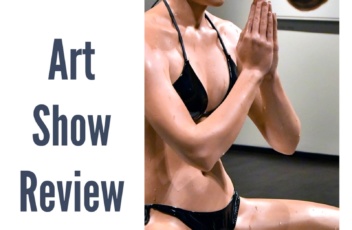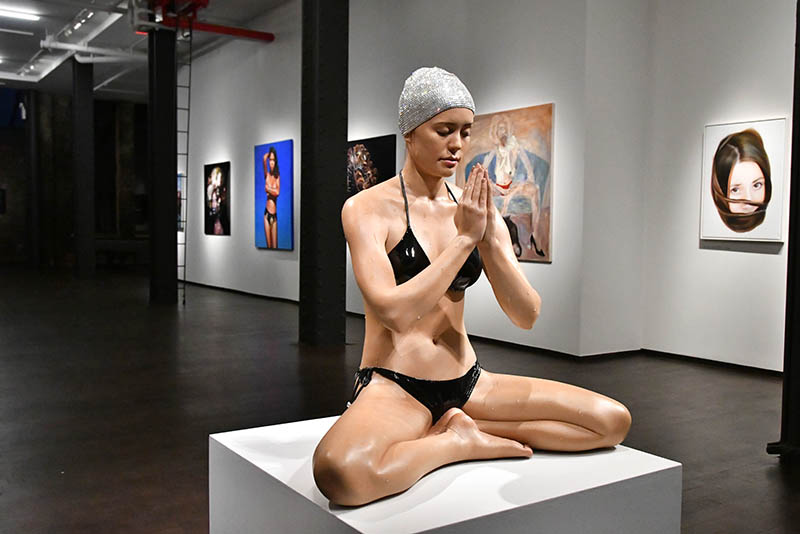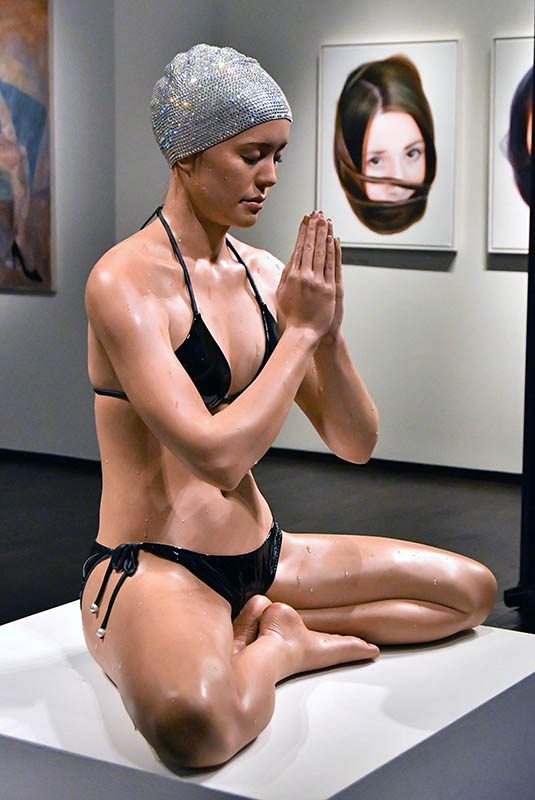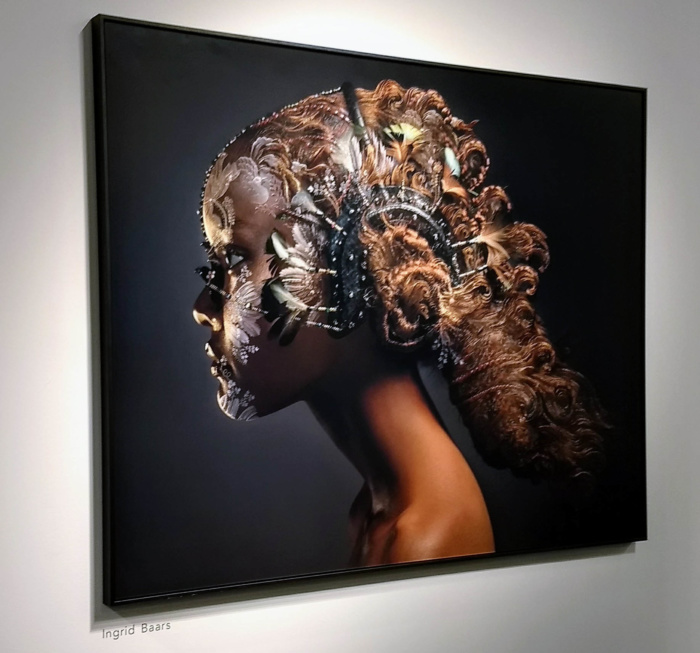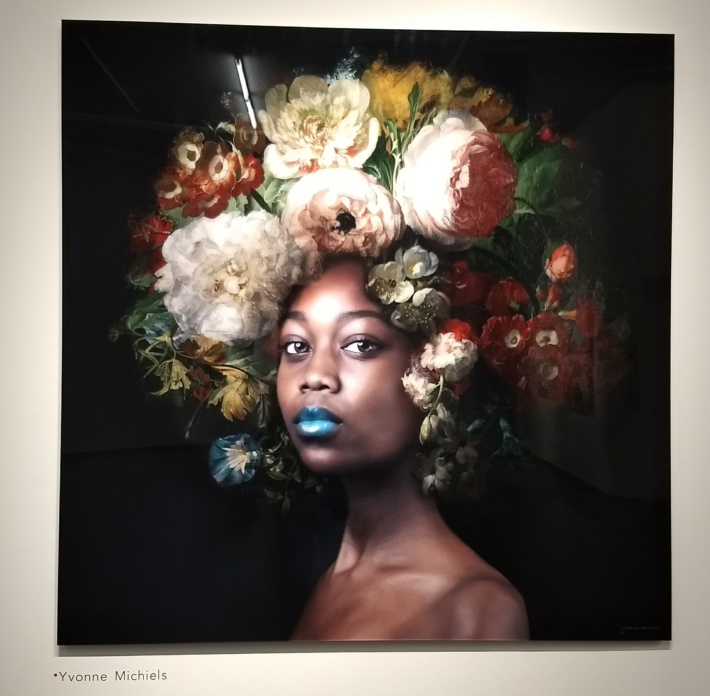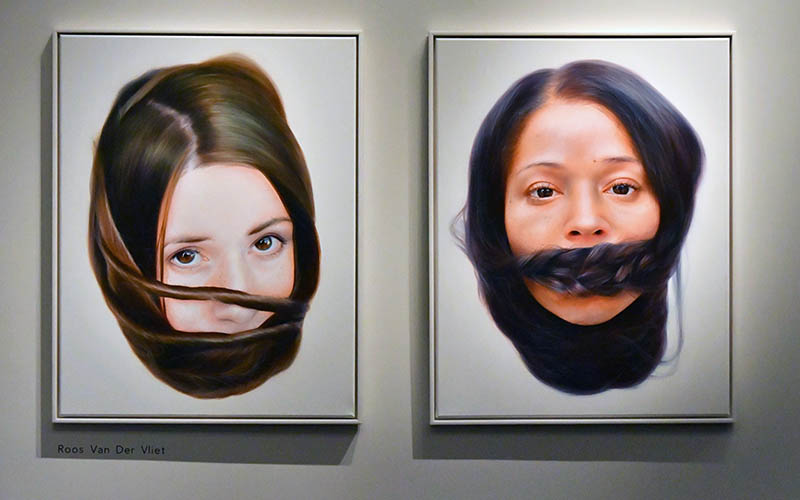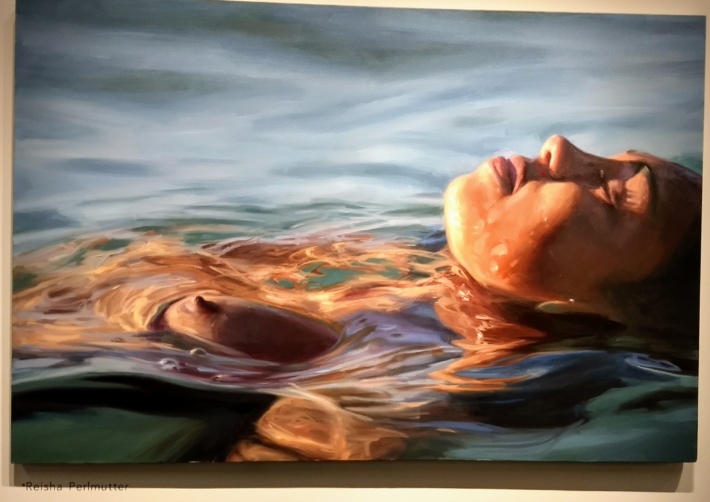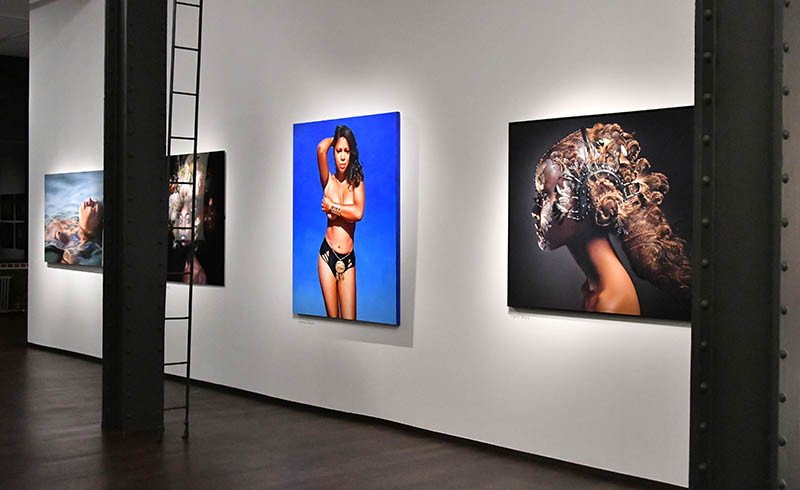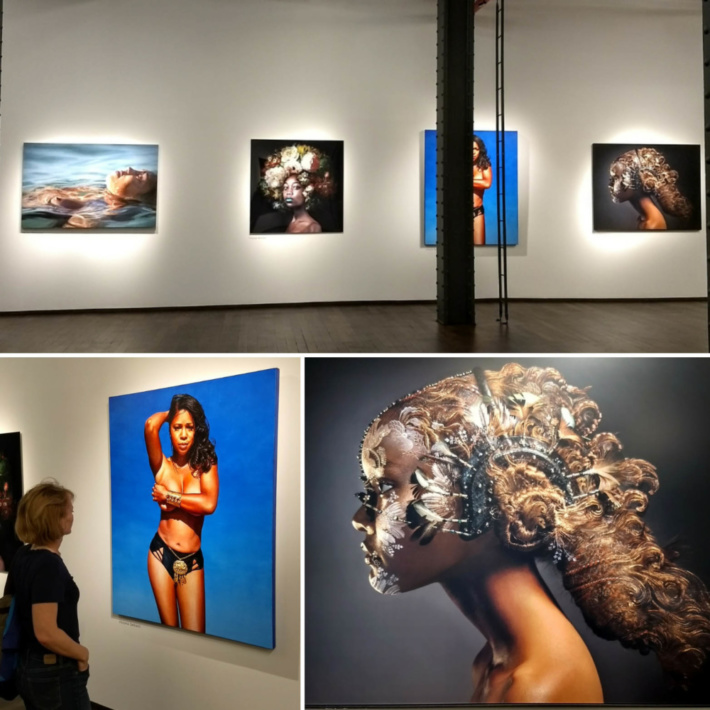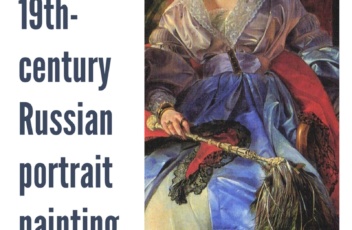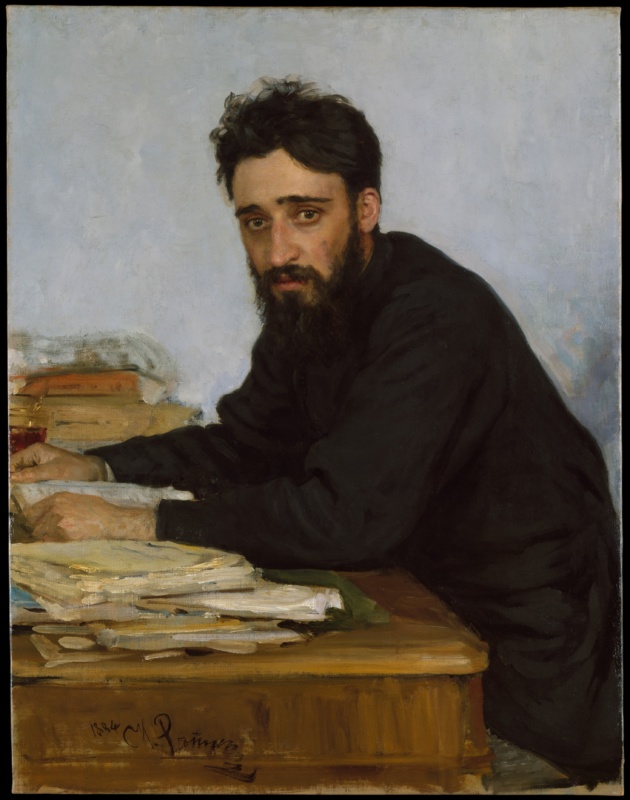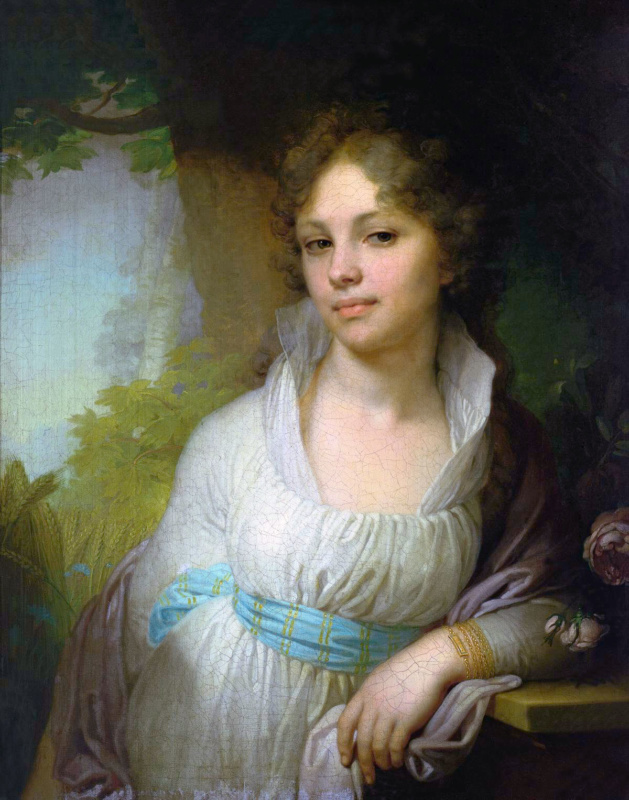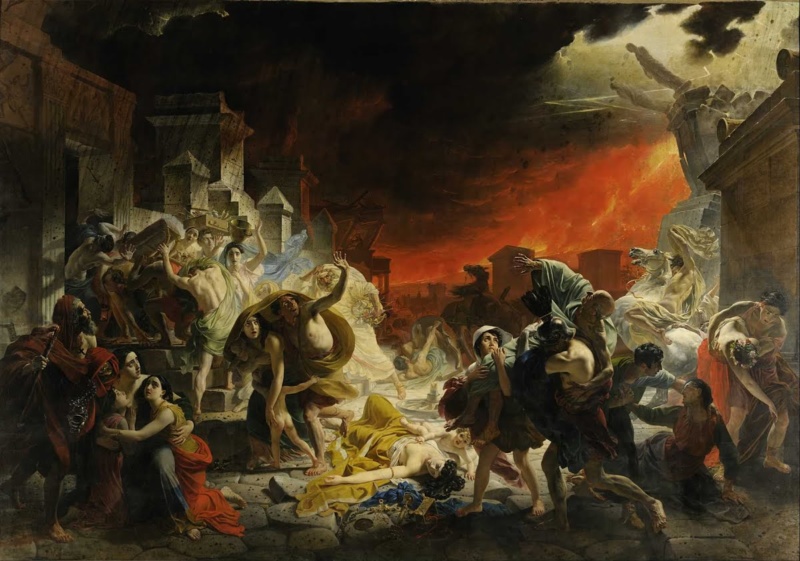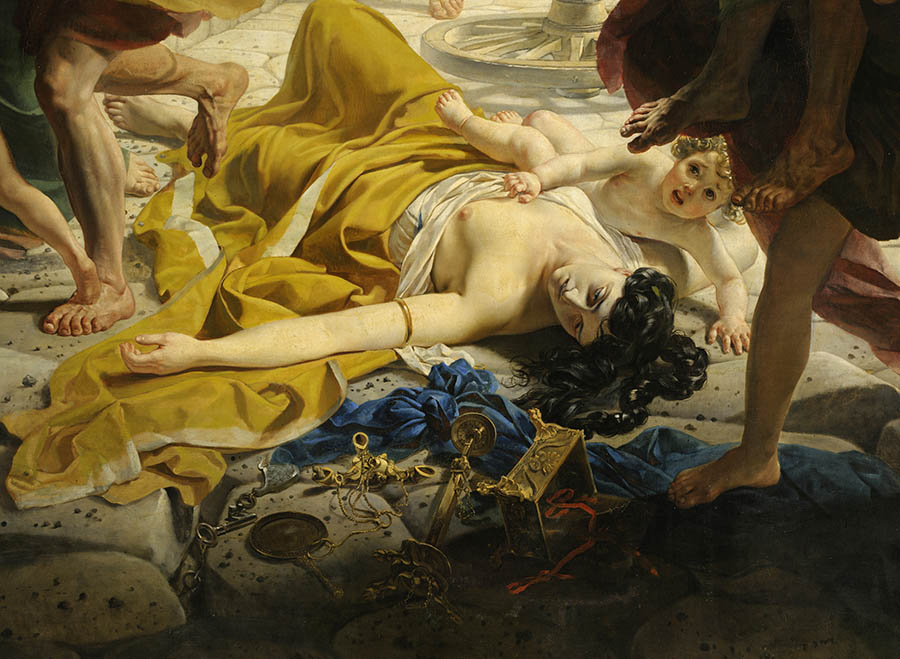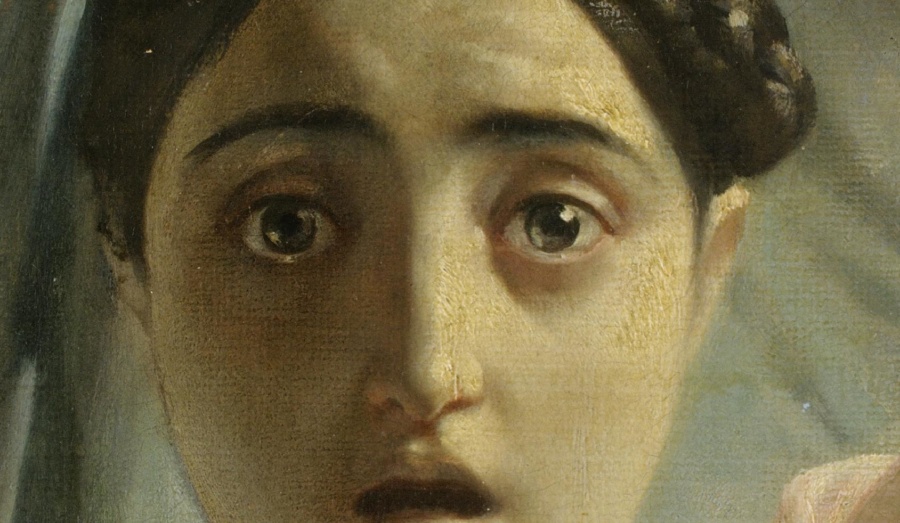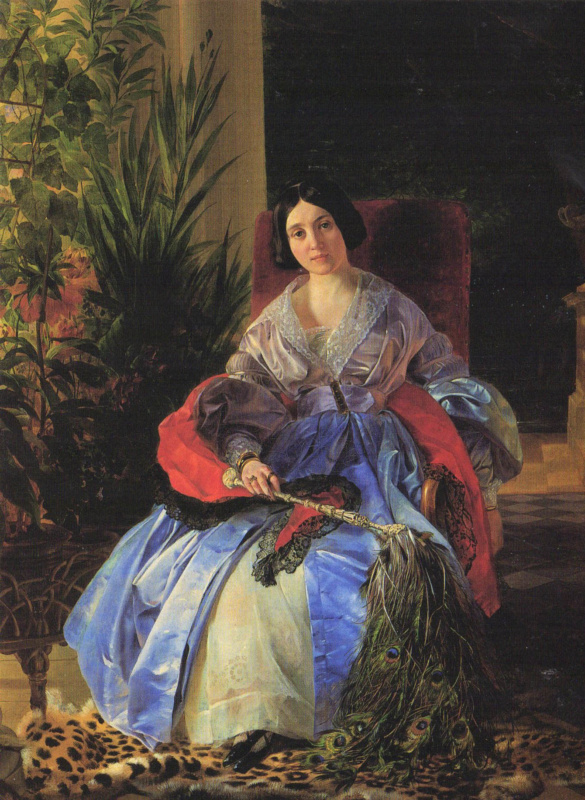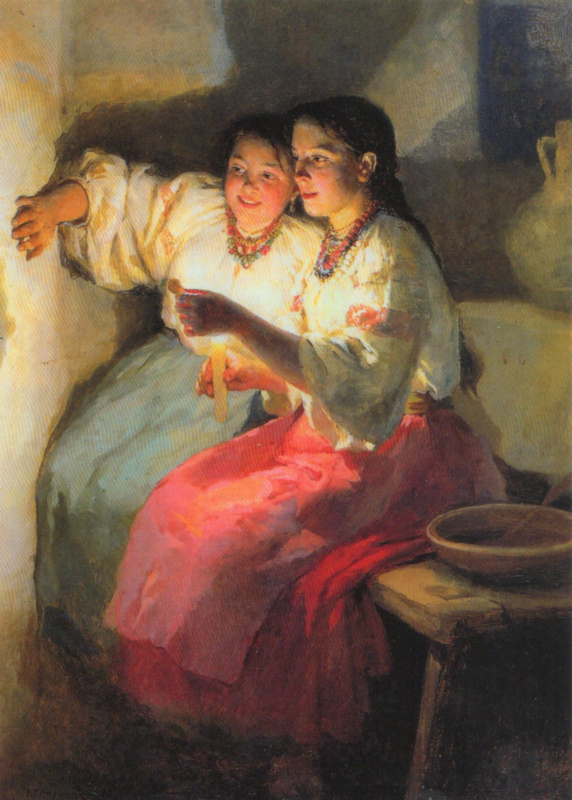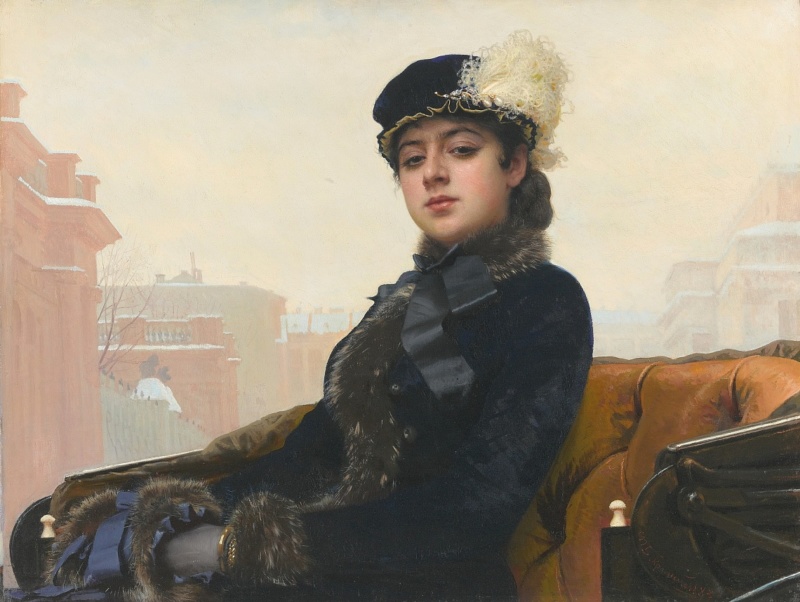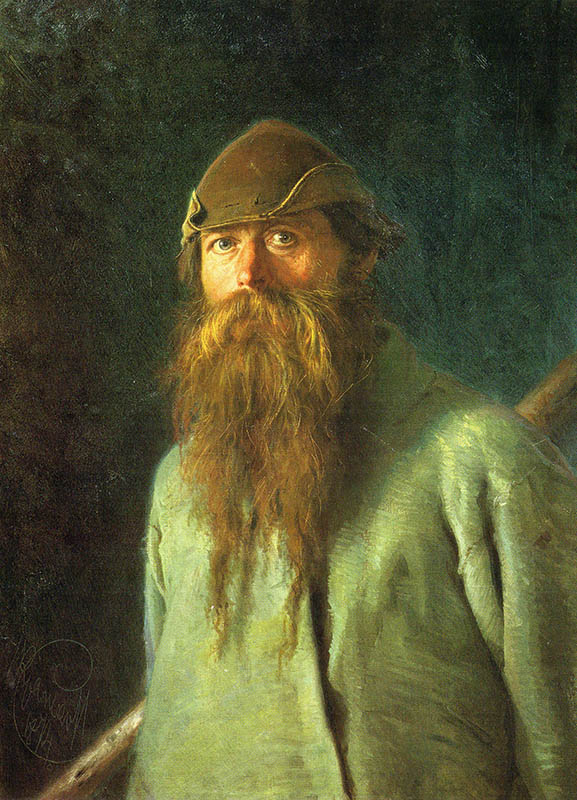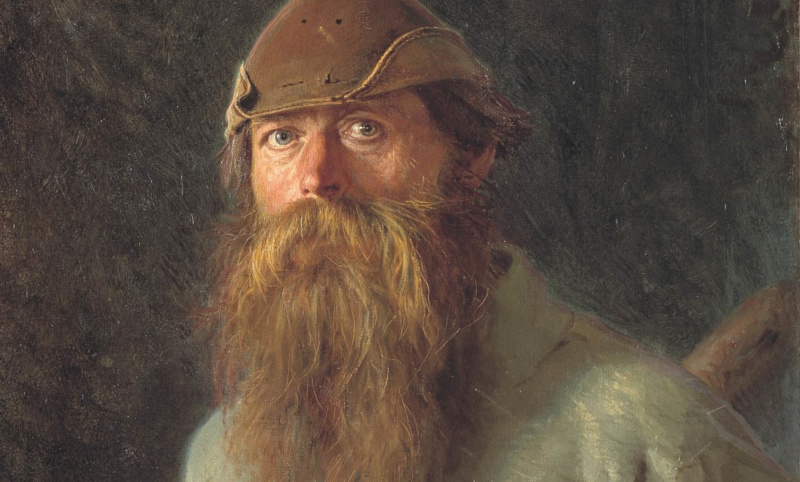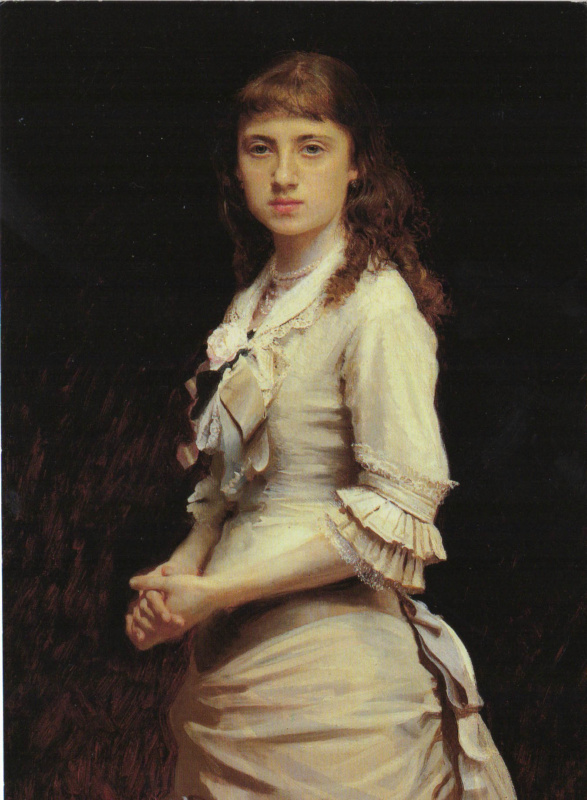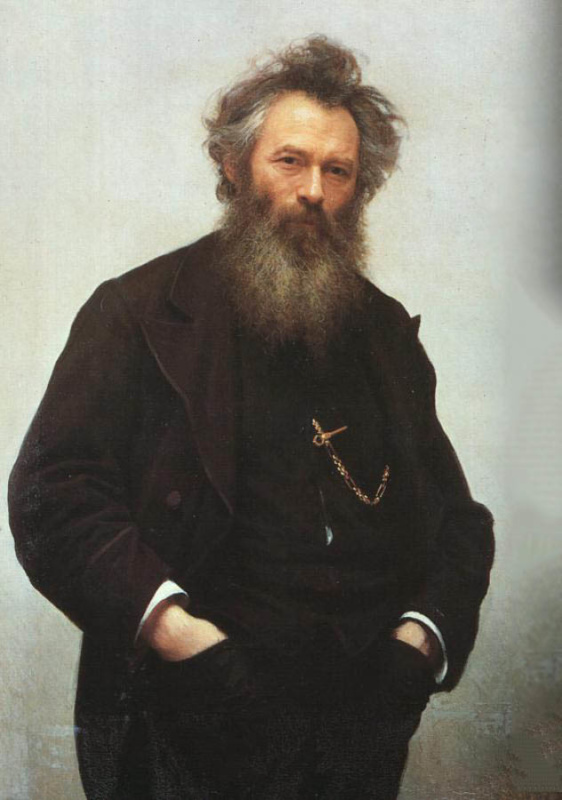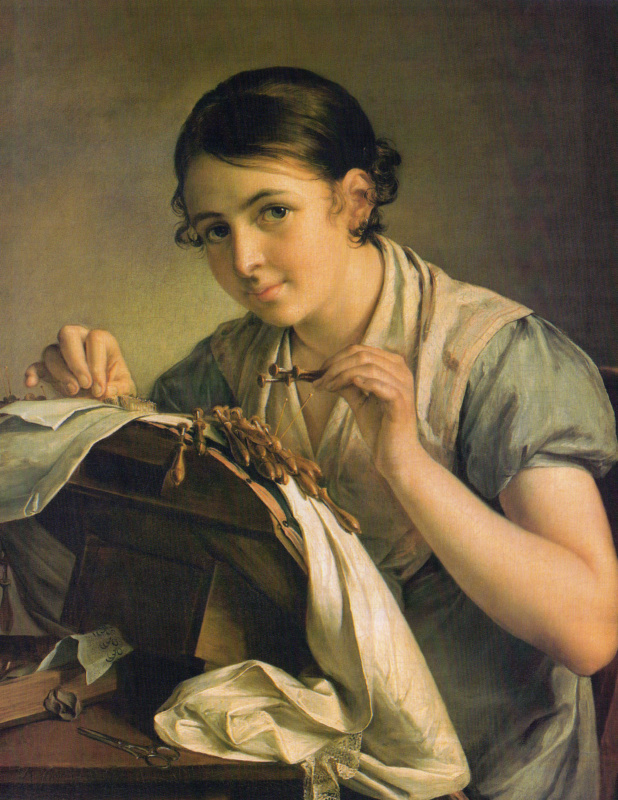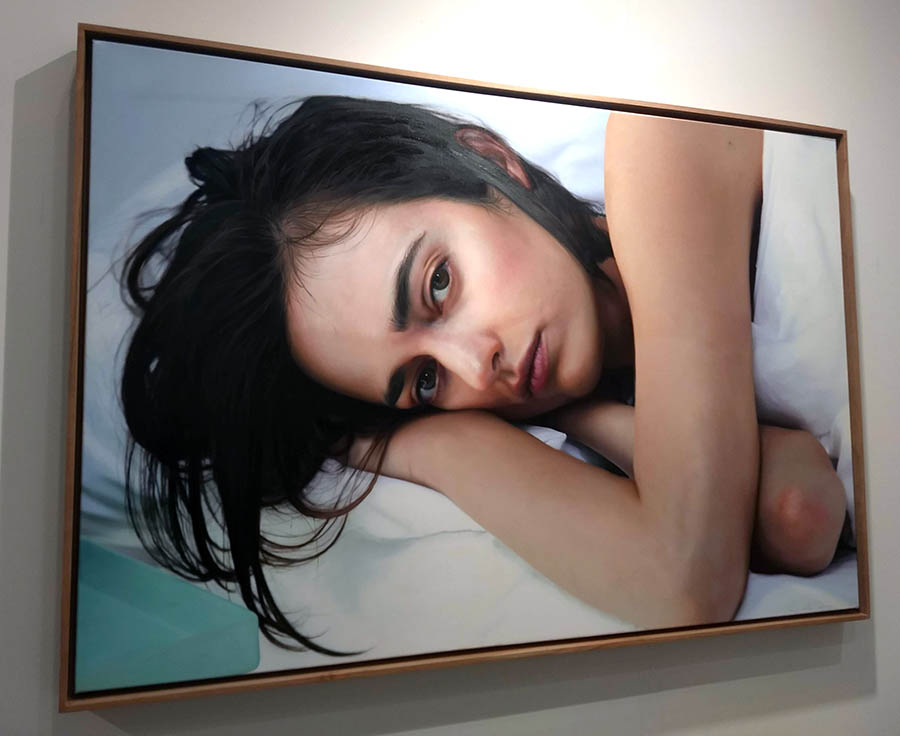
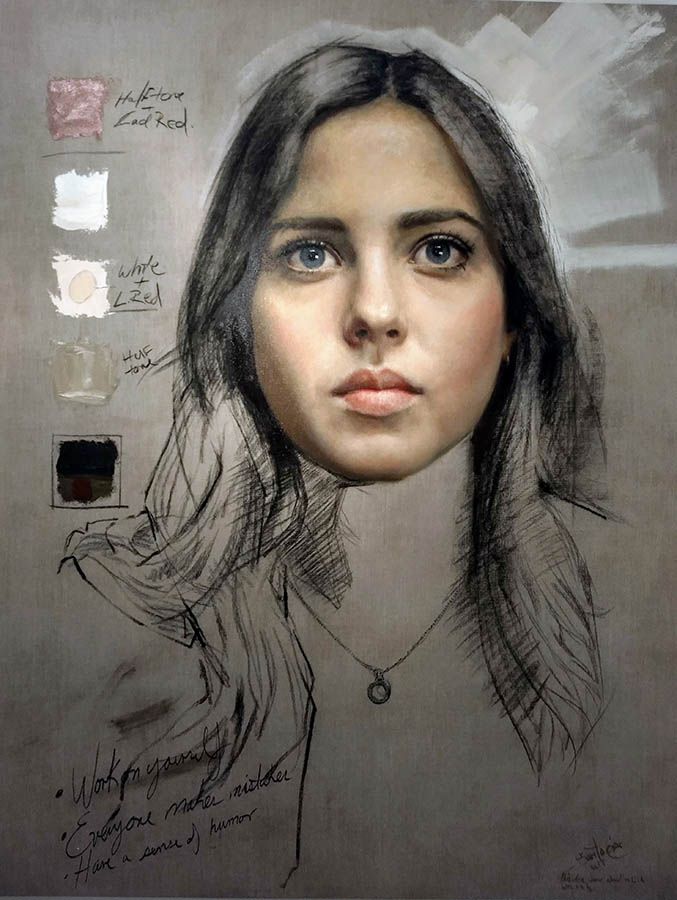
Art Miami & Context Art Miami 2018: realism painting & much more
Generating insane foot traffic, both Art Miami and Context Art Miami are two art fairs I visit during the Art Basel week in Miami. In December Miami overflows with tourists, curators, and art collectors, visiting over 20 art fairs in just one week! If you decide to take part in this event, you can buy tickets online and see all of the offerings beforehand. Context Art Miami (adjacent to Art Miami) features more contemporary realism art than its counterparts and thus interests me more than other art fairs. The art fairs represent both American artists and international ones alike, including galleries from China, Korea, and Europe.
One of the reasons I go to these art fairs is inspiration. What I find interesting is to look at innovation in art materials use, textures and design. Sometimes, I don’t really care about a particular artwork, but its innovative combination of materials or subjects feeds up my creativity. I also enjoy seeing the excitement and commotion around the arts, which is rare in Naples, Florida.
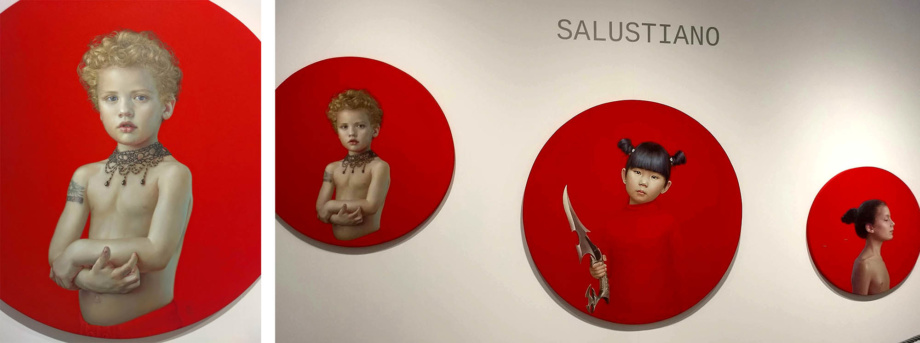
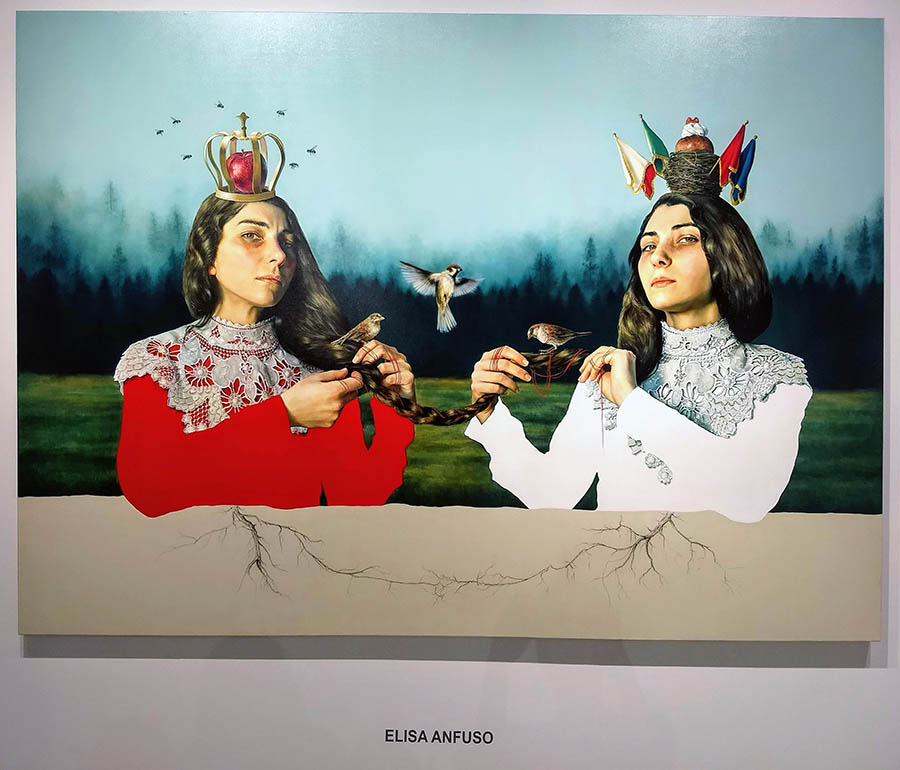
Another reason for many artists to see the shows is to network in the arts. I must say that most gallerists are very busy at the art fairs and hate to be approached by artists when they try to sell exhibited art. Art fair participation costs run in many thousands of dollars and gallery representatives are there to work. So if you’re an artist, be respectful of the gallerists. Yet, if you’re there to show your work, come in early before the opening when the crowds are not there yet and the gallery owners are more inclined to meet you in person. Parking would be much easier as well.
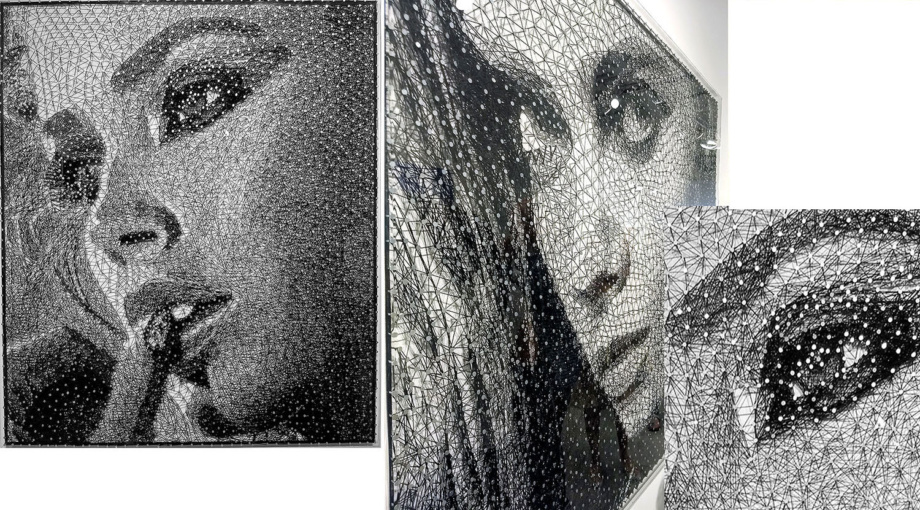
The art fairs show a lot of abstract art and painting but also include large-scale portrait photography and 3-D sculptures. Art crowds often gather around animated paintings or video paintings, lenticular photography and lenticular painting (see the video) or art that plays with perception, examples of which you can watch in my video. Also, depending on a person’s taste the roundup of art like you see here is vastly different in social media. Those who have a minimalist aesthetic post abstract/minimalist art, and figurative realism artists like me post representational art.

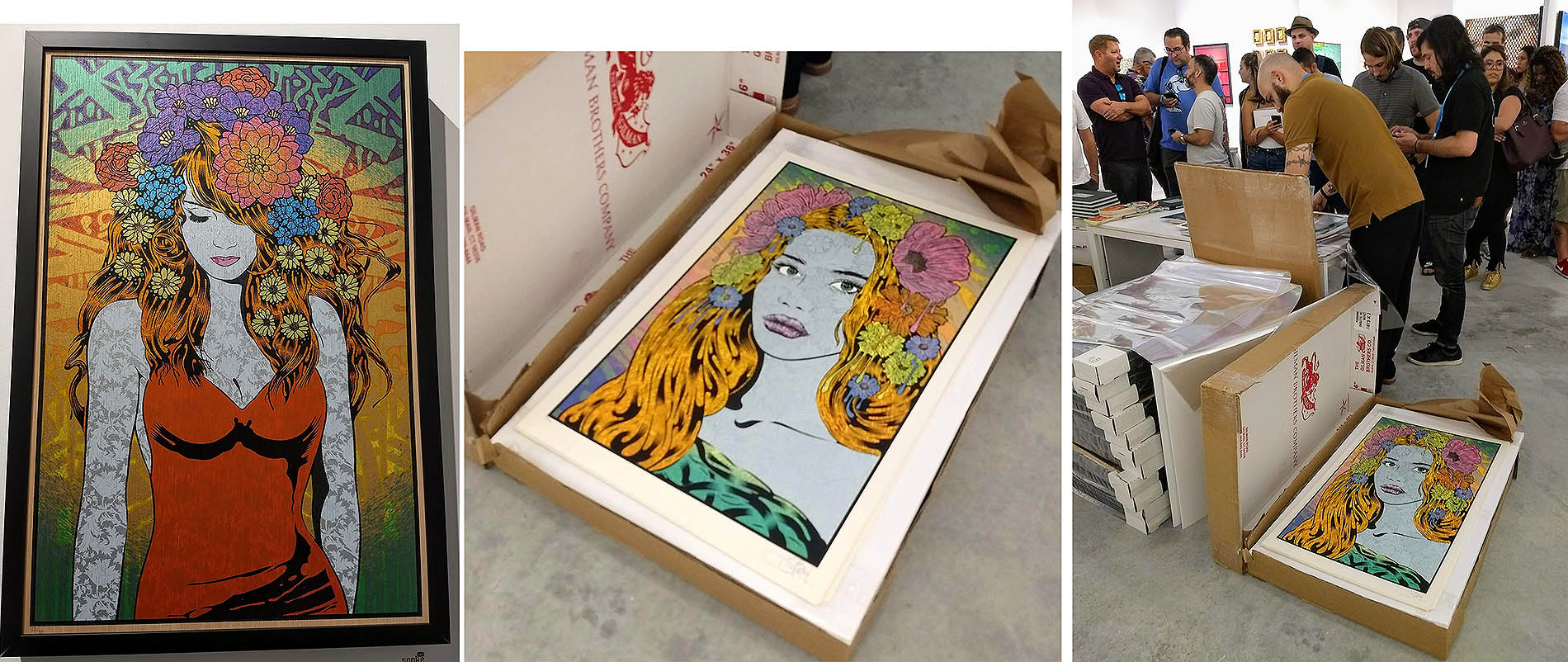
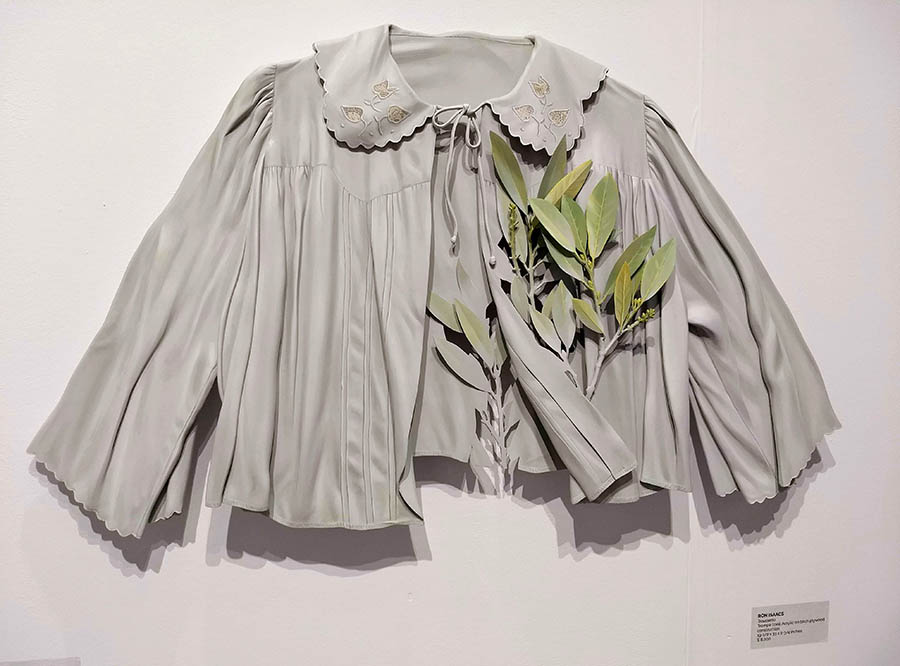
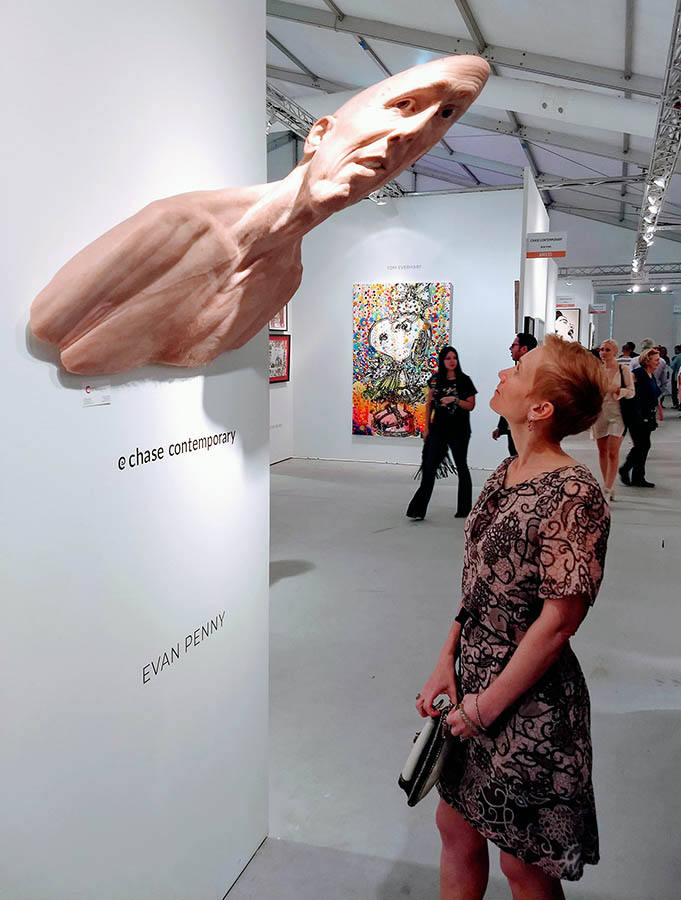
Address: Art Miami + CONTEXT Pavilions, One Herald Plaza @ NE 14th Street, Downtown Miami, FL 33132
